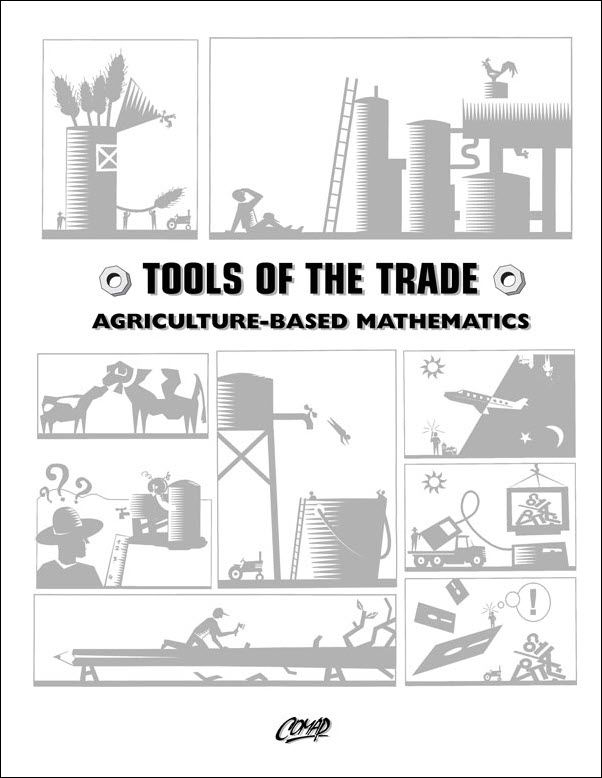Tools of the Trade: Unit 2: Agricultural Aviation
Author: Project Co-Directors: Dave Engelhard, Michael Kallaher & Jack Robertson
Unit 2 : Unit Agricultural Aviation: Purpose of Unit:
To give some arithmetic exercises by completing actual work orders from an agricultural aviation company; to reinforce notions of ratio and proportion.
Note: The information below was created with the assistance of AI.
Level of Mathematics
Mathematics Level:
Middle to early high school level (Grades 7–10).
The content primarily involves basic arithmetic, ratios, unit conversions, and proportions.
No algebra or higher-level math is required, but students should be fluent in unit calculations (e.g., gallons to quarts, acres to square feet) and multiplication/division with decimals and fractions.
Application Areas
Primary Application Area:
Agricultural Aviation, specifically:
Preparing and applying chemical sprays (fertilizers, herbicides, etc.)
Planning and executing aerial spraying based on field dimensions and aircraft capabilities.
Related Applications:
Agricultural Science: Understanding crop needs, chemical application.
Logistics and Operations: Managing quantities, timing, and scheduling in agricultural aviation businesses.
Environmental Science: Awareness of weather and wind impacts on spraying efficiency and safety.
Prerequisites
Required Skills:
Basic arithmetic operations: Addition, subtraction, multiplication, division.
Unit conversions: E.g., pints to gallons, ounces to quarts, feet to miles.
Understanding of ratios and proportions: For calculating dosages and areas.
Familiarity with real-world measurement units: Acreage, gallons, speed (mph), etc.
Support Materials:
It is suggested to use Unit 1 (Unit Conversions) as a precursor or reference for this unit.
Subject Matter
Key Topics Covered:
Calculation of total chemical quantities for aerial spraying (based on application rates and acreage).
Understanding and applying ratios (e.g., 1 qt/100 gal).
Areal computations: Determining field size from dimensions.
Spray calibration and tank capacity: Determining how many gallons and passes are needed.
Time and speed: Estimating how long each spray pass takes using distance and aircraft speed.
Work Order Interpretation: Students simulate filling out real agricultural work orders with calculated chemical totals.
Structure:
Real-world scenarios and datasets from B&R Aerial Crop Care.
Exercises and assessment problems closely mimic actual aviation work orders.
Both student and teacher editions are included, with solutions for instructors.
Correlation to Mathematics Standards
While not explicitly mapped to current national standards like the Common Core State Standards (CCSS), the content aligns with:
NCTM (National Council of Teachers of Mathematics) Standards:
Numbers and Operations: Use of numbers to quantify, measure, and compute.
Measurement: Use of standard units and conversions.
Algebra (pre-introductory level): Understanding relationships expressed through ratios and rates.
Problem Solving and Reasoning: Applying mathematics in realistic contexts.
Common Core Math Standards (Approximate Match):
6.RP.3: Use ratio and rate reasoning to solve real-world problems.
7.RP.2 & 7.RP.3: Analyze proportional relationships and use them to solve multi-step ratio and percent problems.
7.EE.3: Solve multi-step real-life problems with rational numbers.
7.G.1: Solve problems involving scale drawings and real-world geometric problems (fields, area, etc.).

Mathematics Topics:
Application Areas:
Prerequisites:
You must have a Full Membership to download this resource.
If you're already a member, login here.